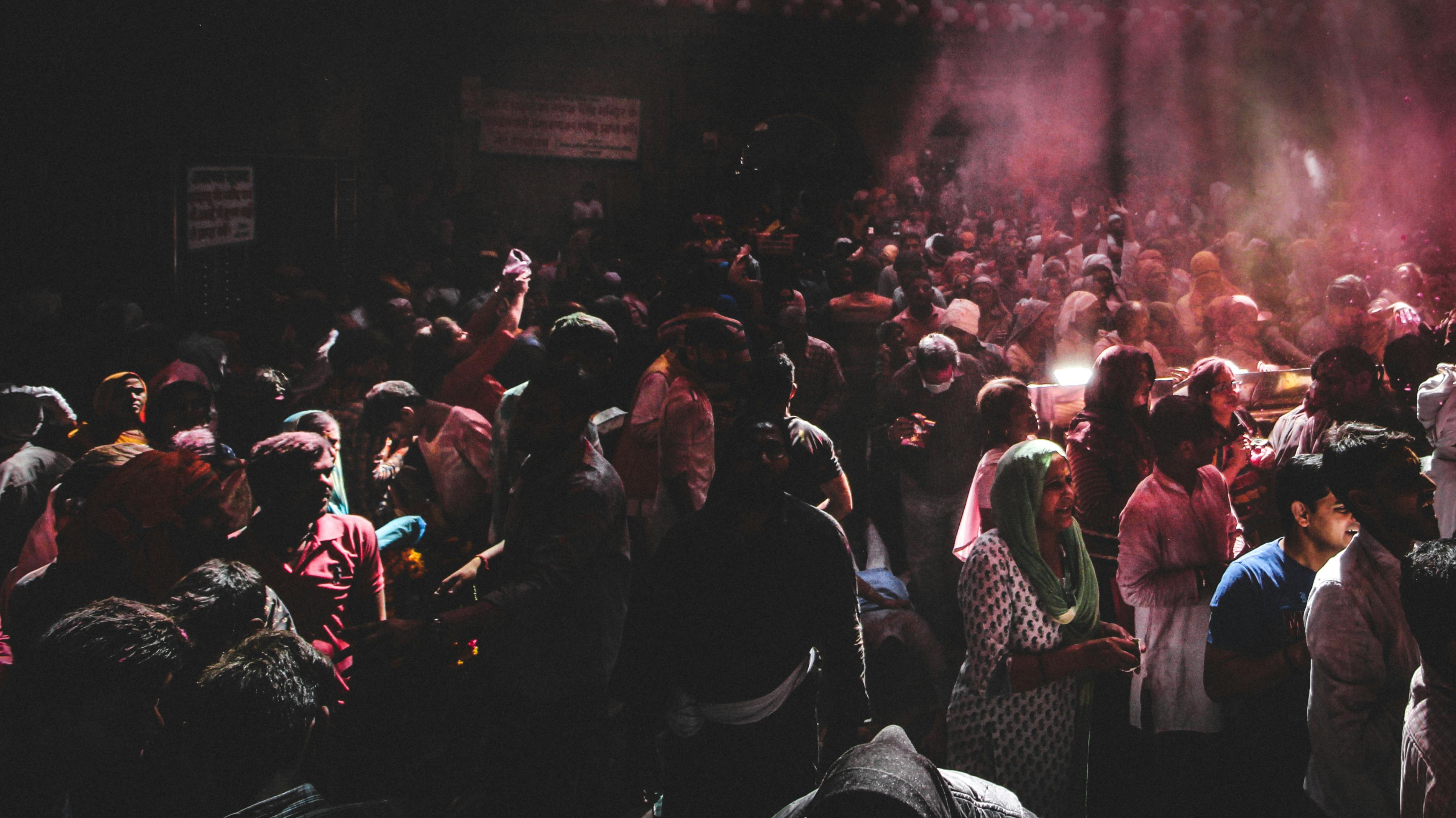Commentators, journalists, bureaucrats, policymakers and academics love using the world ‘millennial’, and it’s probably the worst thing you can do for young Indians.
In India’s context, the world ‘millennial’ is a superfluous buzzword that falsely defines and appropriates a standard used in developed countries to a vastly different — in terms of its demographic dividend — country like India. Not only is the word (and concept) falsely collectivizing under a misleading age-bracket, but it also falsely couples in a variety of age demographics that people term as ‘youth’ at the expense of actual young people when it comes to policy implementation.
Using ‘millennial’ colloquially, and trying to equate it to India’s youth only clears away any doubts that the reason India has had such a tough time creating and mediating policy implementation is because it has not been able to specify age brackets for its youth citizenry.
The PEW Research Center defines millennials as anyone that was born between 1981 and 1996; that means that in 2019, the oldest millennial could be 37 years old, and the youngest, 23. This age bracket seems to be far from the age bracket defined by India or the United Nations legal definition. Yet, we often juxtapose the Indian ‘millennial’ to basically mean India’s young. My own personal belief is that the concept of being a millennial was for countries like the United States, and not a demographic like India. The United States does not have an exponential bulge in its younger population, whereas, comparatively, India’s biggest demographic dividend occurs far from the age bracket of what could be considered a millennial.
In urban India, the usage of the word millennial has become intensely colloquial. Media houses, politicians and think-tanks love to use the flawed (and misplaced) concept for generic statements and studies. The word is consumed, increasingly so, and is used as a blanket statement for an substantial demographic of India’s youth. You’ll find books, movies, shows, to now branding and business models built on the basis of the word. Sadly, I believe it’s, unintentionally, all a farce. What you do, when you use the word, is you bundle up increasingly large and varied age brackets with each other for the ease of using terms that might sound fancy but have no stringent basis within India’s context.

The ten-year old in India is different from the twenty-year old who is different from the thirty (and especially the 37) year old. When you couple all of these age brackets together and consider applying policy measures and using words applicable to countries that neither share our demographic nor our state of living, we risk losing our control variable since the age varies so much. The 37-year-old is not living or producing in the same India that the twenty-year old will. The ten-year old needs different policy measures than the thirty-year old.
The concept of millennials is not unfounded nor misguided, yet the generalization of millennials and who is one within India, without taking into account the context of how the concept is applied and profusely misused, acts as an hinderance in problem-solving the issues young people face and result in a stagnation of policy rather than solving anything. For example, when the Ministry of Youth Affairs (which conveniently defines a ‘youth’ in a different age bracket and also includes, informally, those beyond that stipulated age bracket) decided to partner with the United Nations Volunteer to strengthen the NYKS and NSS, the partnership resulted in a miserable failure with no outcomes given by the Ministry. A consultant who worked on the project explained to me that both parties had vastly different definitions of who they wanted to target for NYKS and NSS. UNV developed a framework for a group that was vastly different from what the Ministry coordinated. The result? NYKS and NSS, while receiving plenty of tax-payer money, fail to impact or create any substantial reform — a far cry from what they were meant to be when they were created in the 50s.
There is, without a doubt, an inter-generational difference between millennials and those who fall beyond the bracket’s purview. Within India, if you use the pretext of millennials, then you are guilty of leaving out and miscalculating the concerns of India’s largest demographic — almost half a billion young Indians. I have never been one to believe in conspiracy theories, but I strongly believe that there is a concentrated effort to use the word millennial for a larger and broader audience, because that helps those in power to seem more relevant to young people.
If one is to use the word, then they are guilty of broadening the age-bracket, and by issuing policy or trying to involve more ‘millennials’ within the government or party politics, might seem as they have catered to this bulging demographic, but in reality they come nowhere close. The 35-year-old party leader might be a millennial, but they are far removed from the 600 million people below the age of 25, almost ten years younger who have no representation and, as I strongly believe, cannot understand what it feels to be living in an India that the younger demographic has to survive and eventually lead.
While this concept might be too abstract, we must consider that there are different Indias not only upon the basis of the obvious classifications of caste, religion and class, but also based upon age. India keeps evolving, constantly and rapidly, due to the advent of technology and modernity overall.
In the same way that the sixty-year-old political stalwart grew up in a different India and can have a different mindset, the 35-year-old will also have their own exposure to an India that is vastly different from the exposure of those that are younger, especially the half a billion Indians below the age of 25. We can’t fix the state of India’s youth, until we accurately define India’s youth. Until we accurately define India’s youth, the government will continue to make make policy prescriptions for a wrong demographic. While changes in policy might take time, what we can do is stop liberally and fallaciously using the world ‘millennial’ at the expense of India’s youth.




